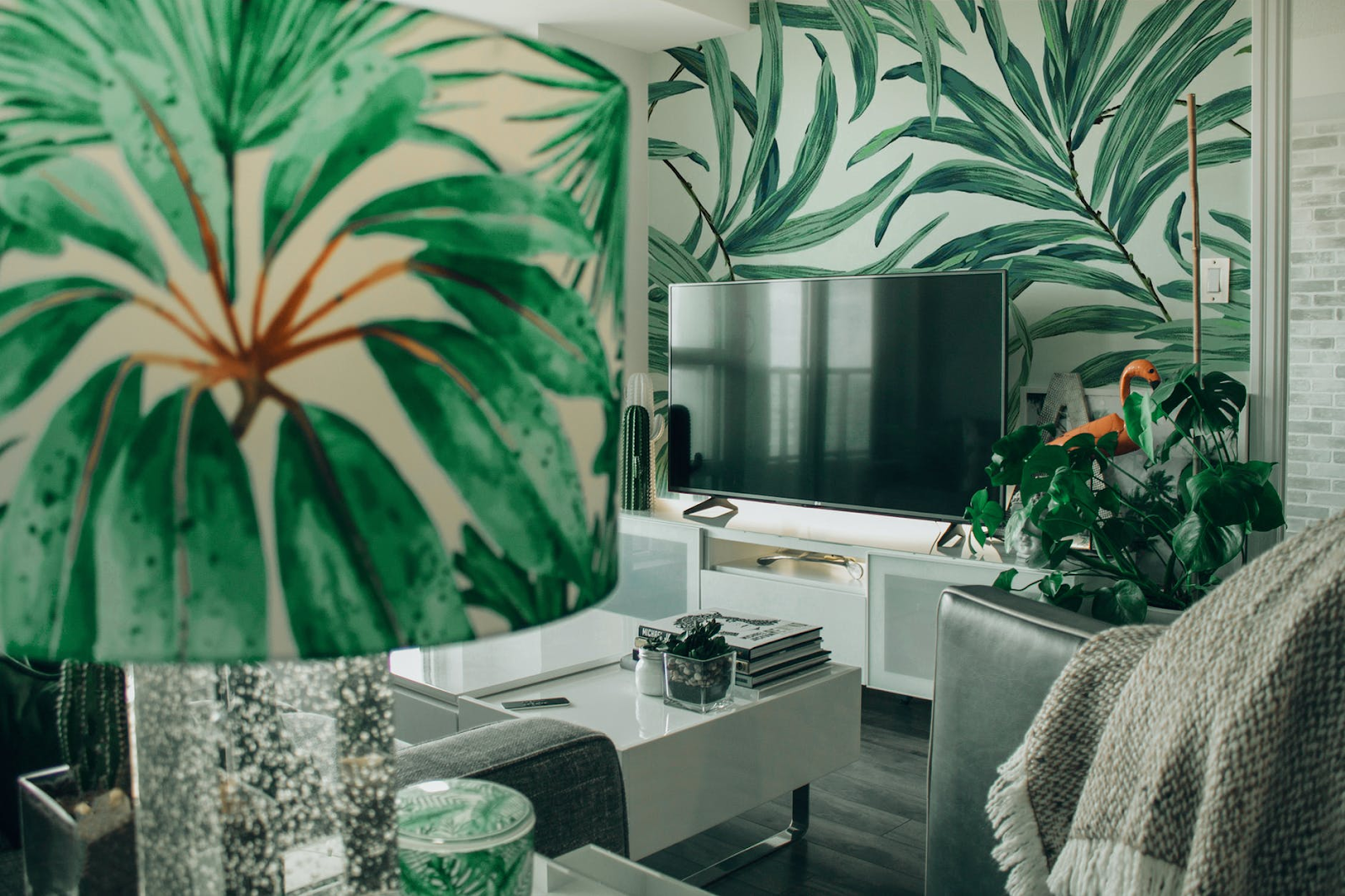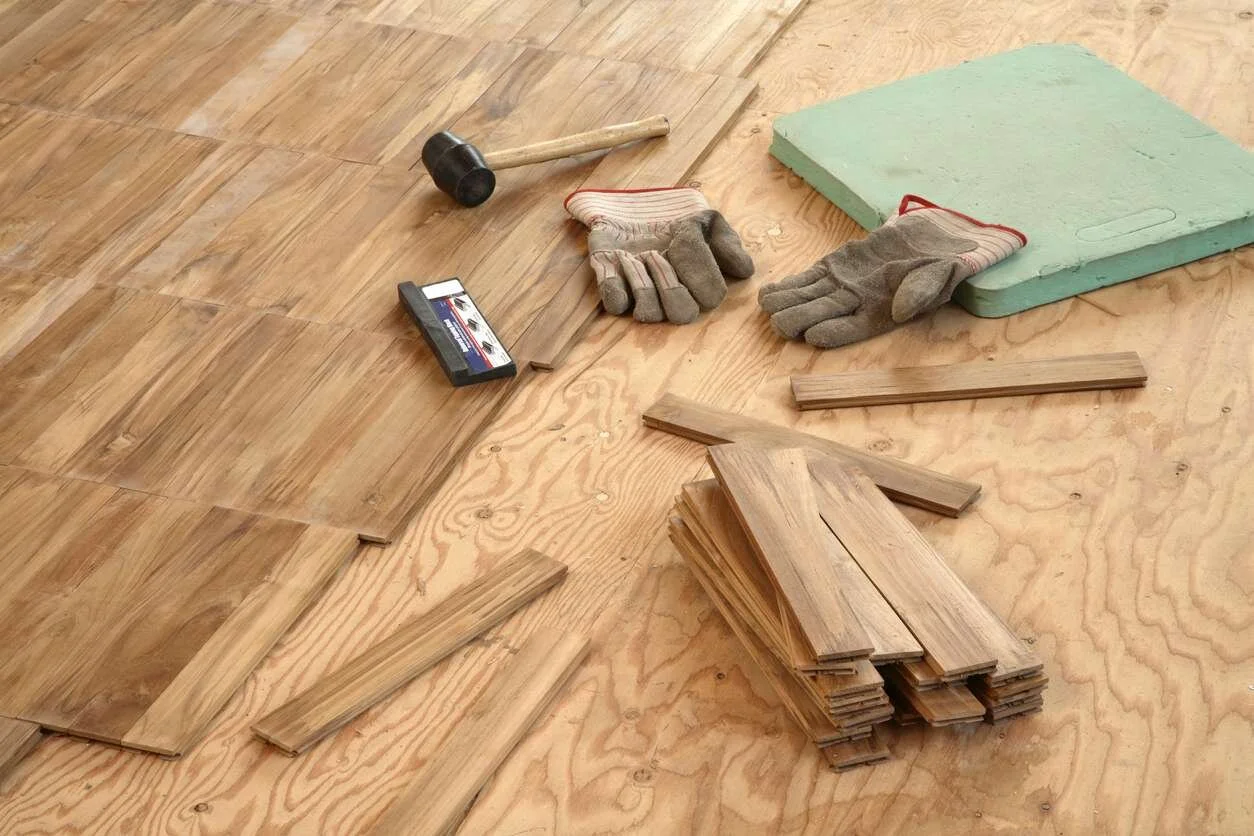Top 4 Mistakes to Avoid When Building Your Own Home
RH Business Marketing Solutions
After a year of being stuck in tiny apartments and houses, many people are starting to consider building their own homes. Real estate professionals have already predicted that new construction, single-family homes could exceed 1 million in 2021. So, if you’re on the fence about building a home from scratch, you might want to decide soon.
Still, it’s wise to take your time and know exactly what you want before laying claim to a tract of land. Otherwise, you could make one of the following mistakes and end up spending more time and money than you’d planned.
1. Choosing a Bad Site
One of the biggest mistakes homebuyers make when building their own house is choosing the wrong site. In a rush to start constructing their dream home, they overlook details like light, noise, traffic, and even public water connections. When they discover their dream home site is anything but, it’ll be too late.
Visit a few sites and narrow down your options by visiting them at different times of the day and night. Walk around the property, snap a few pictures, and take some notes. Then, when you think you’ve found the perfect spot, take another day or two to make sure.
2. Picking the Wrong Materials
Many people looking to build a home also make the mistake of choosing the wrong materials. Contractors usually know where to get quality materials for the best price. However, some materials can still cost a pretty penny, tempting builders to choose cheap, low-quality materials.
While they may be able to get away with cutting corners on some supplies, they’ll have no choice but to choose higher-quality materials for high-traffic areas. Otherwise, they may end up paying out the nose to repair or redo a portion of their home later on down the road.
3. Planting Trees
Nature-loving homebuilders won’t hesitate to plant large tree and shrub varieties around their new home. However, if the vegetation is too close, it can break pipes, ruin sidewalks, and erode the foundation.
Whether you have a strong traditional foundation or an alternative type of foundation, tree roots can rob the soil around it of water, which can put extra stress on your home. Therefore, it’s best to plant larger trees farther from the site or simply stick with smaller plants that won’t erode the earth around your foundation.
4. Poor Communication
Contractors and construction teams are notoriously bad at communicating with clients — and vice versa. However, your architect, designer, and builder won’t know what to do unless you tell them, so it’s crucial to establish an open line of communication from the very beginning.
Choose a main method of communication — like texting or emailing — and use it to connect with everyone on your team throughout the entire project. Share your vision and don’t skimp on the details. After all, this is your future home, so it’s your responsibility to tell the builder what you want.
Be Confident and Live Your Dream
While you’re building your home, your friends and family will undoubtedly give you their opinion on everything from countertop materials to layout — whether or not you want to hear it. However, it’s in these moments that you must be confident and remind yourself that this is your home.
You are more than capable of making your own decisions and making your dream a reality. As long as you avoid making the mistakes above, you’ll end up with a beautiful, unique home that’s perfect for you and your family.
Great way to avoid mistakes is to find professional home builders like Country Living Homes and expect satisfaction in their work.
Guest Contributor: Rose Morrison





















